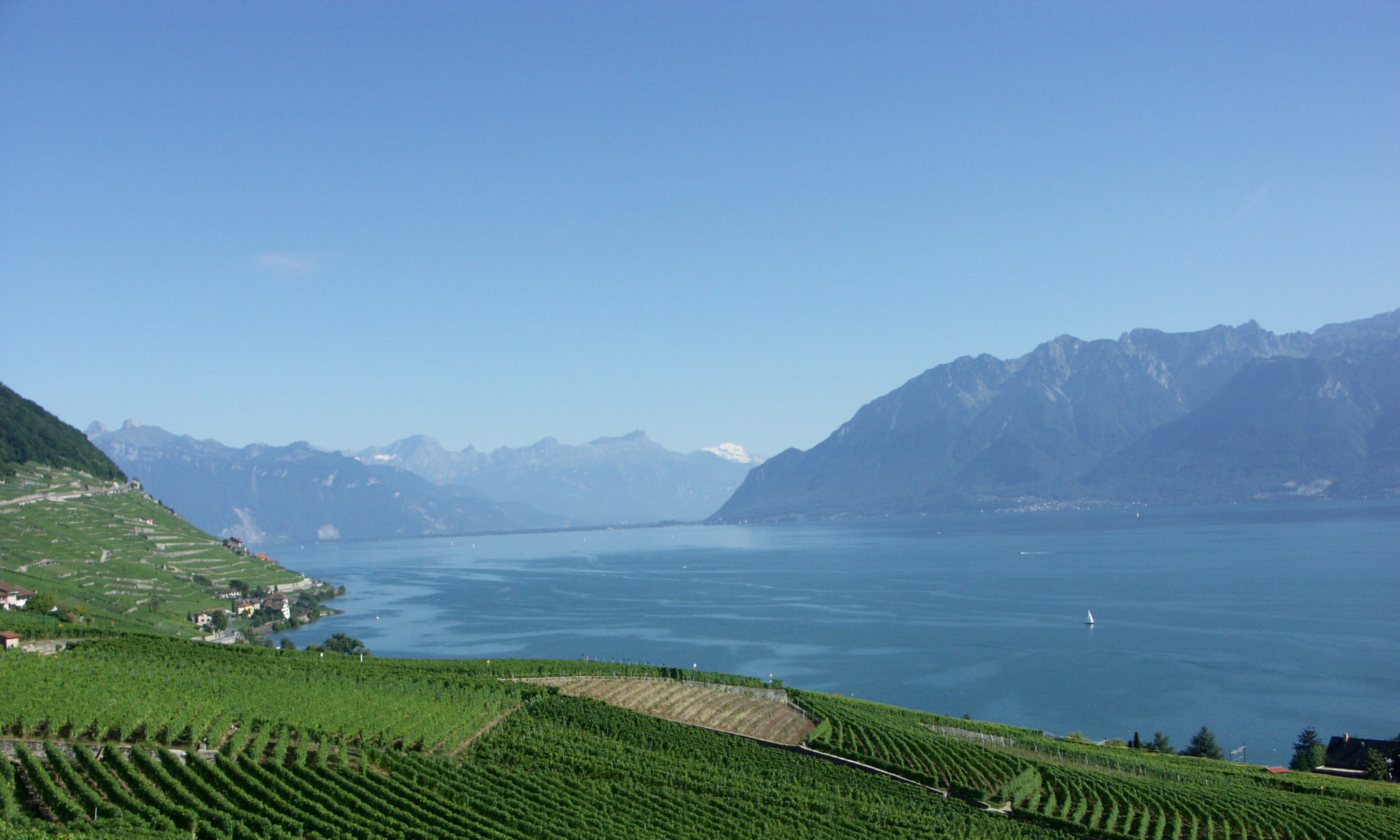To reply to this question use the “Leave a reply” box/field at the bottom of this page.
27 Replies to “Question 6: What are the key fora (for example: expert groups, Regional Association, Technical Commissions, Executive Council/Congress) through which your organization currently engages, or would like to engage, with WMO in the field of operational hydrology?”
Comments are closed.


Though distinct from an operational perspective, the demand for hydrological information in support of integrated data and information and other WMO activities is important. David Grimes, President of the WMO, is also the head of the Meteorological Service of Canada. This organization houses Canada’s National Hydrological Service (NHS). The NHS is taking unprecedented and innovative steps to integrate hydrological, meteorological and climate information in support of water availability and flow predictions in support of Canada’s sub-national governments’ flood forecasting efforts.
The Canadian HA and the WMO team are focused on basic systems work to help Canada and to share internationally our opinions, advice and expertise on work practices and methods for hydrometric flow measurements. These and other activities under the WMO are increasingly integrated. For example, the Canadian HA is actively leading the Arctic-HYCOS project, which aims to collect and share hydrological data and information for the transnational Arctic basin in support of improved evaluation of freshwater flux into the Arctic Ocean and development of models for enhanced hydrological prediction and flow estimation, as well as promoting the adoption of recommended practices for data collection in northern environments. In addition, HYCOS information supports the WMO Hydrological Observing System (WHOS) in support of the WMO Integrated Global Observing System (WIGOS). Canada has also chaired the Open Panel of Commission for Hydrology (OPACHE) basic systems efforts in the past and contributed to the four year workplan of the Commission for Hydrology.
Canada has also participated directly and invested resources in CHy’s Project X. This initiative looks at discharge uncertainty associated with measurement technologies. This work is vital to the user community in framing uncertainty in flow measurements and in rating curve interpretations of flow.
– SHNs and SMNs Representatives – WMO Countries;
– VBA as a Transboundary Basin Organization would like to collaborate with the International Panel of Climate Experts (IPCC) and UNESCO’s International Hydrology Program
The State Hydrological Institute (Russia) mostly interacts with WMO in the field of operational hydrology through expert groups or regional projects (for example, Arctic-HYCOS)
El área de hidrología del ICE debería de estar en comunión con el Instituto Meteorológico Nacional (IMN) y el Servicio Nacional de Aguas Subterráneas, Riego y Avenamiento (SENARA), y los tres juntos conformar el Servicio Hidrometeorológico Nacional de CR, ya que, en este momento, estas tres instituciones trabajan en forma independiente.
6. According to my experience the key WMO forum is the CHy. It is an essential and useful session for representatives of hydrological services from all the world and provides them enough room for personal contacts and expert discussion. The Congress or EC is a main WMO assembly with participation of PRs (entirely directors of Meteorological Institutes), but with a broad program where hydrological agenda is fragmented among several common or meteorological items. The system of Technical Commission should be preserved for the future.